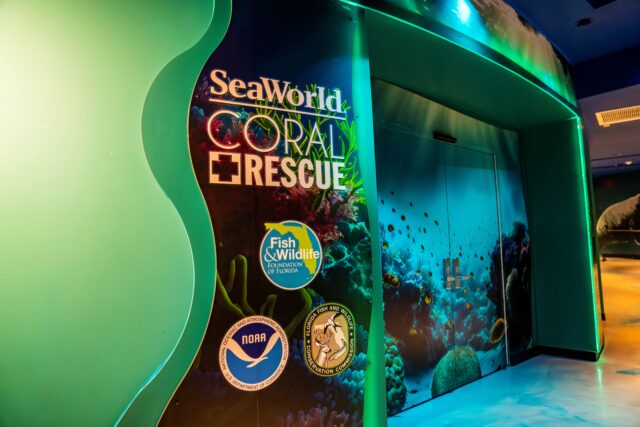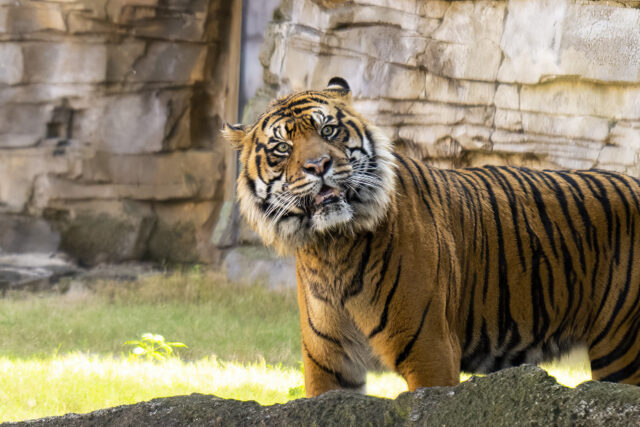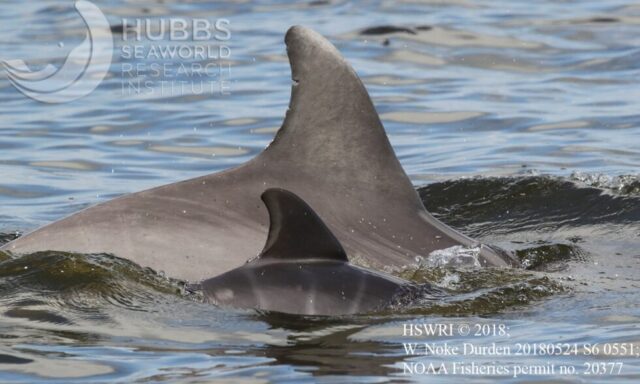New research is being conducted with a killer whale at SeaWorld San Diego to evaluate cardiac function benefiting veterinary diagnostics and the understanding of diving physiology in wild killer whales.
The study, conducted by Scripps Institution of Oceanography at UC San Diego, uses human heart rate monitor technology, yet adapted for the marine environment with GoPro suction cups, to record electrocardiograms on whales while they are in the water, document cardiac characteristics at rest and during exercise, and develop reliable suction cup attachment techniques that can ultimately be applied to large whales in the wild.
This work will not only benefit veterinarians’ diagnostic efforts, but maybe essential to improving cardiac monitoring of free ranging whales and understanding diving physiology.
Dr. Paul Ponganis, a research physiologist at Scripps Institution of Oceanography, is currently studying electrocardiograms and heart rate of Corky, a 50-year old killer whale, as well as other animals at the marine park.
While greater heart research has been accomplished with bottlenose dolphins, reports of heart rates in larger cetaceans such as killer whales, beluga whales, and deep diving pilot whales are rare and limited. The documentation of minimum and peak heart rates during sinus arrhythmia (the increase during inhalation and decline during exhalation) in these larger whales at rest is valuable for comparison to rates during breath holding activities like underwater swimming and diving. The collections of cardiac conduction patterns in large whales at SeaWorld during the different phases of the study will provide a baseline for comparison. The data will also be relevant to develop physiological modeling for these larger whales.
Repeated access to healthy whales at SeaWorld in a controlled and safe environment is the only way Ponganis’ research is possible. Gathering cardiac data at rest and during different swimming and diving behaviours allows examination of the heart rate to stroke rate (number of strokes taken per minute of swimming) and the potential linkage of the cardiovascular response (heart rate and muscle blood flow) to stroke effort. Following the learnings discovered at SeaWorld, both in data collection and the development of reliable suction-cup electrode attachment techniques, Ponganis plans to continue his research with wild cetaceans.
Back to news

